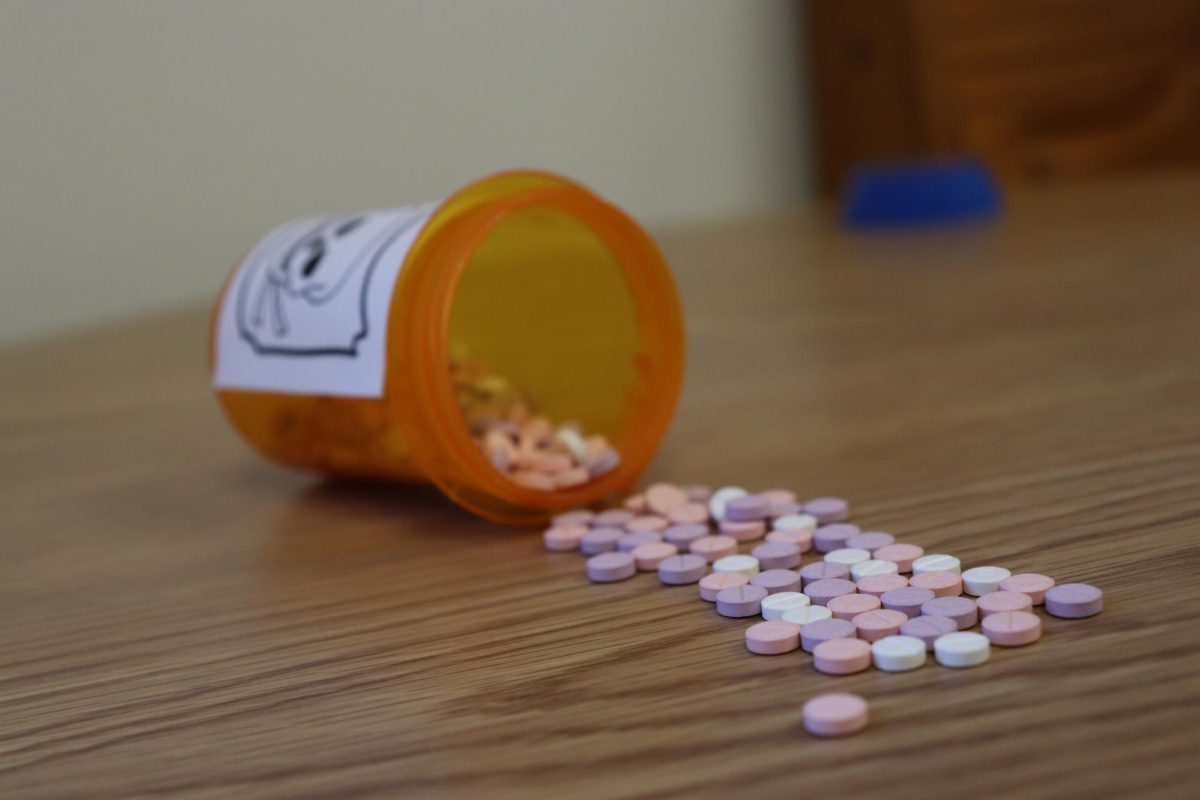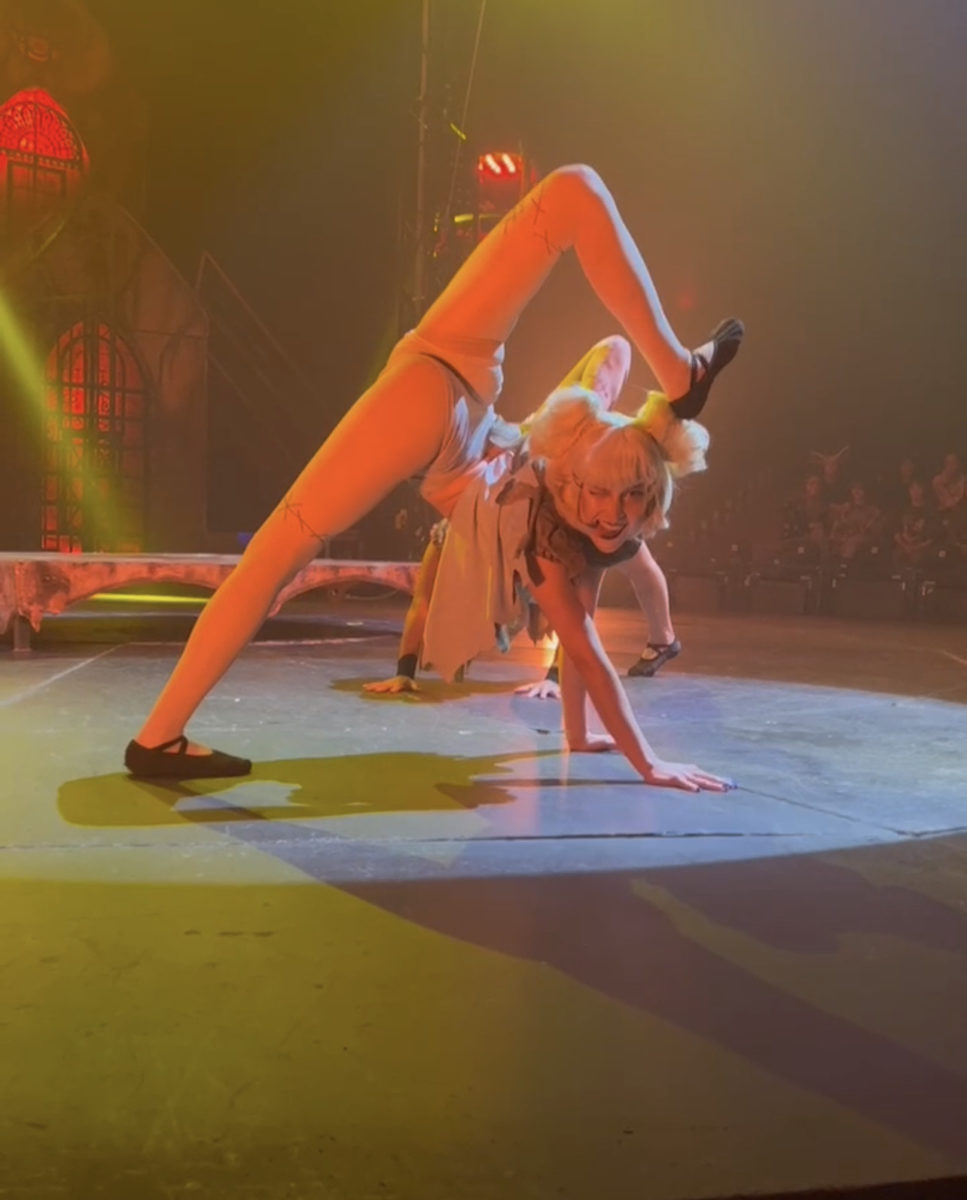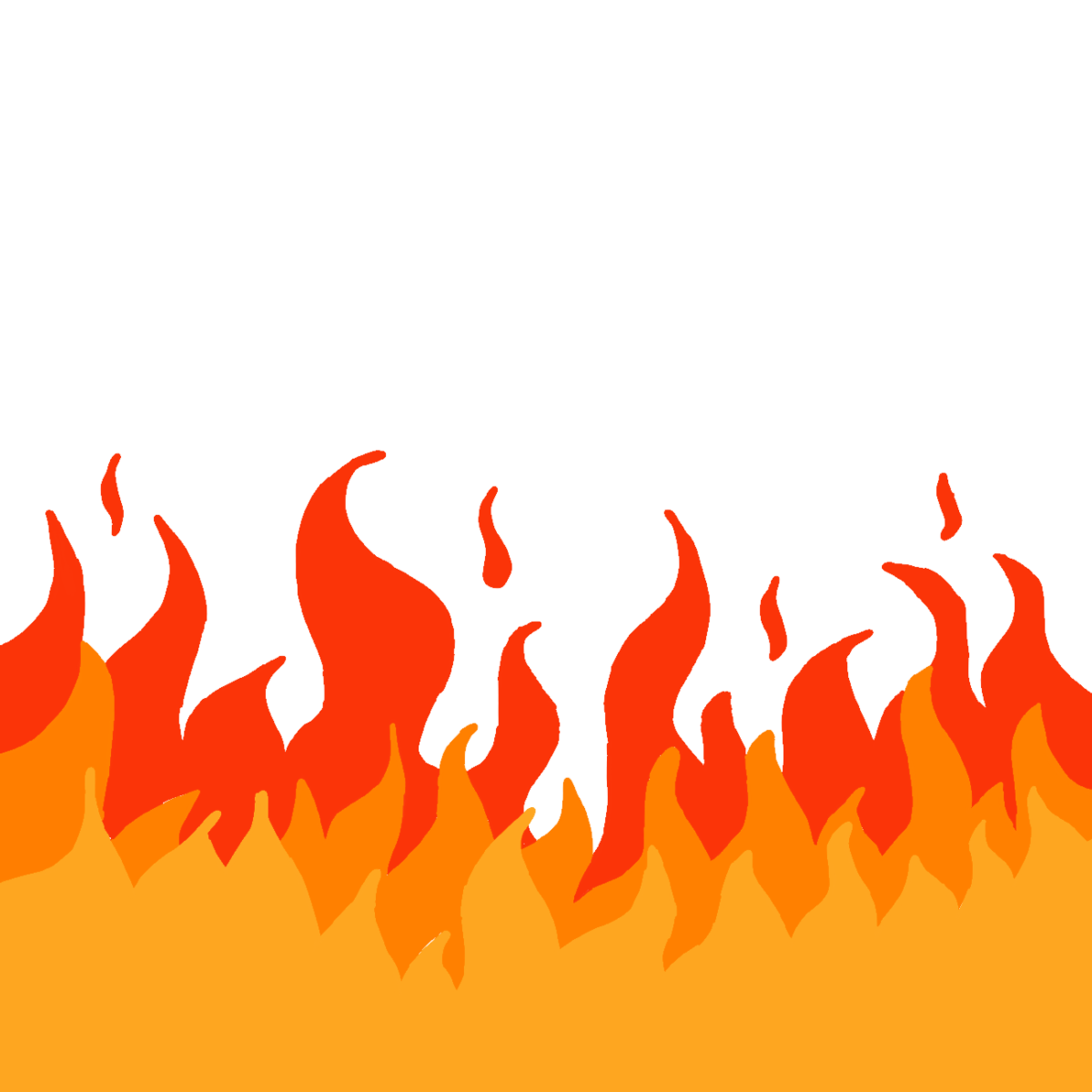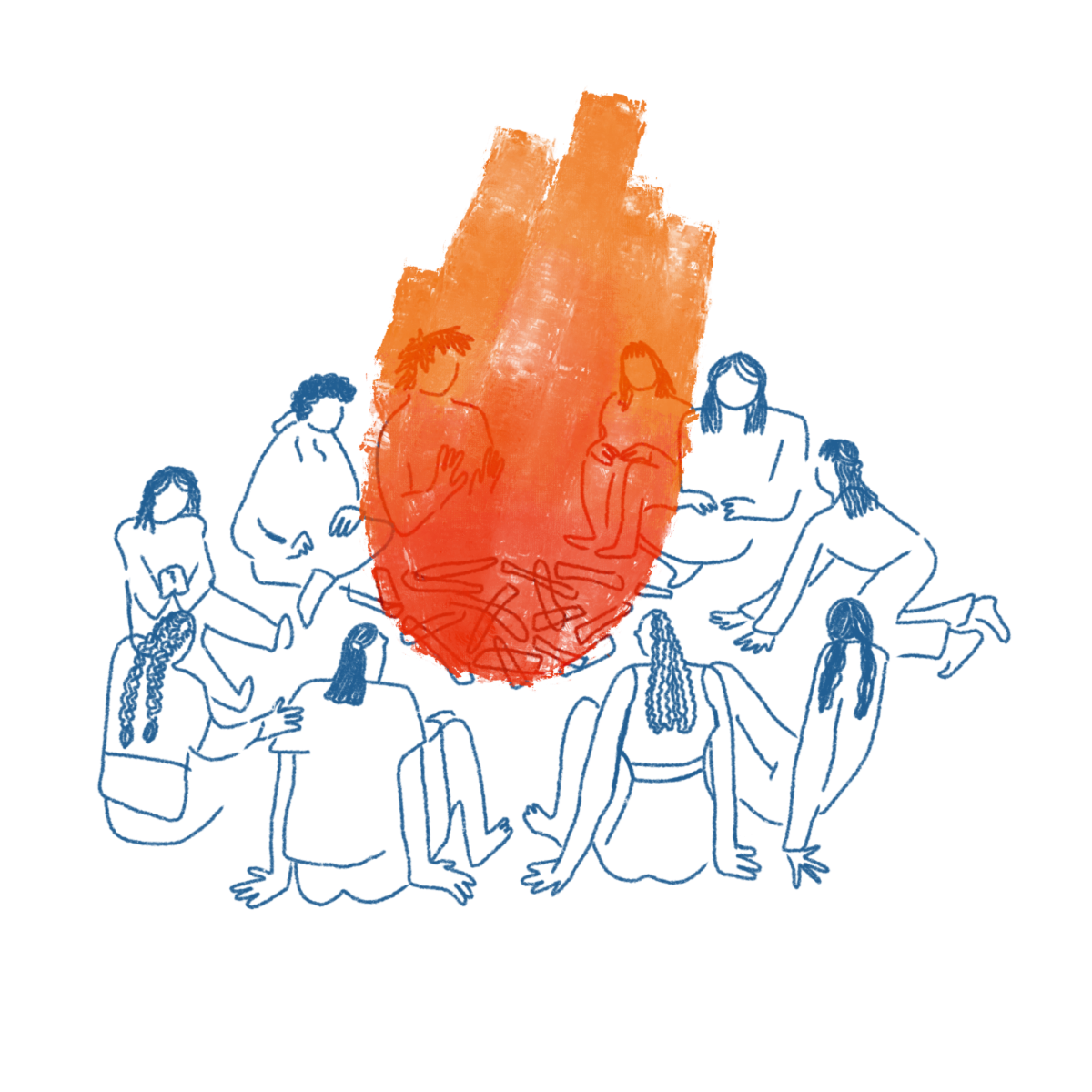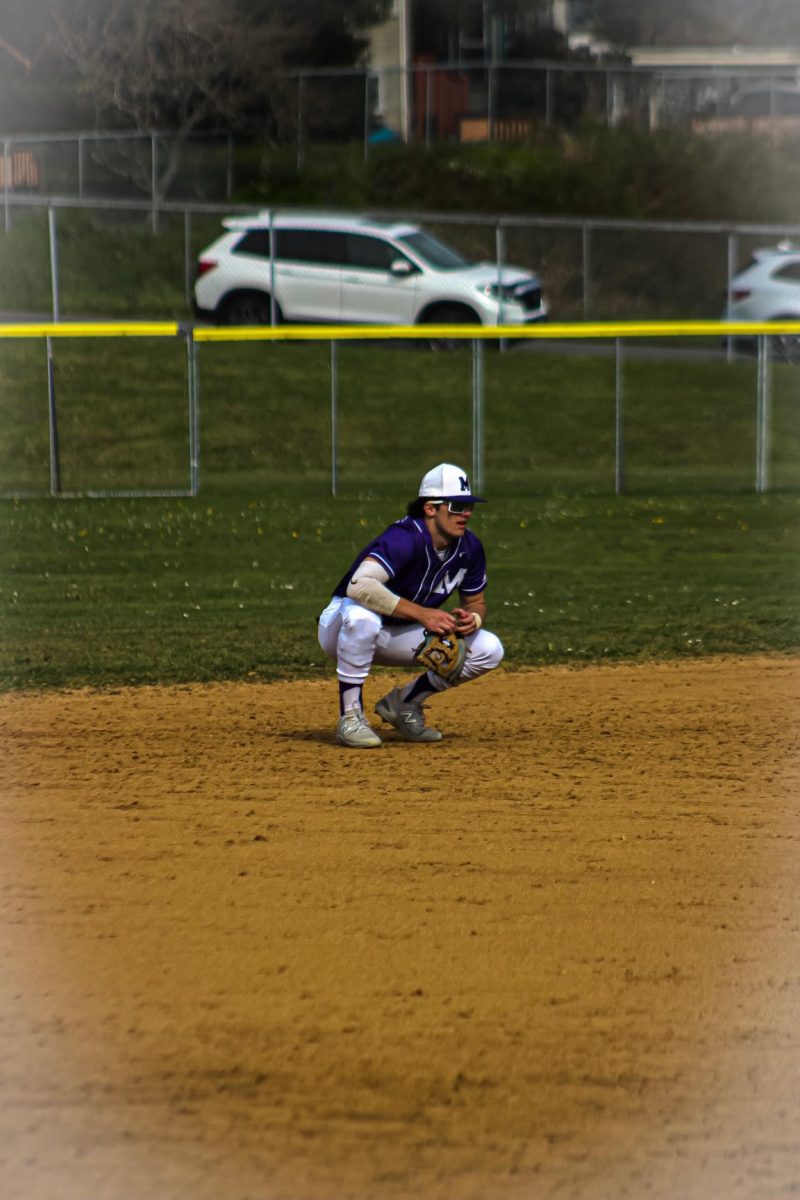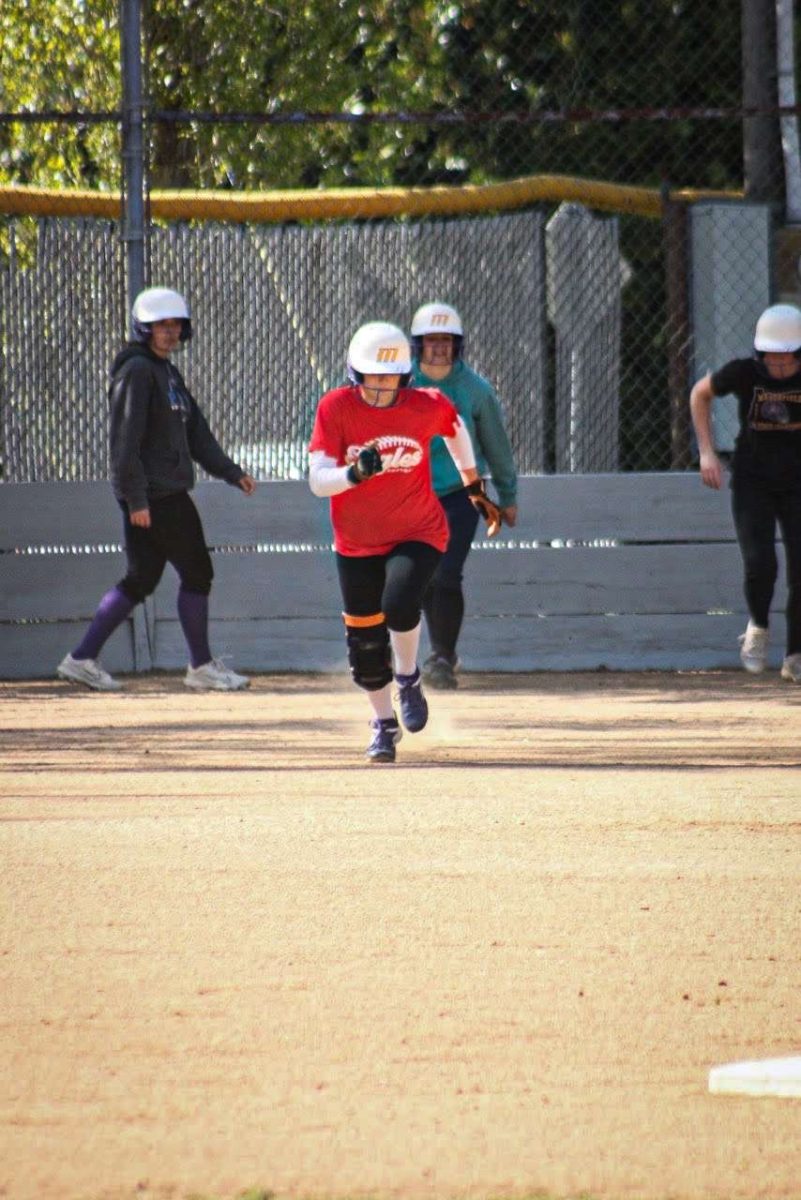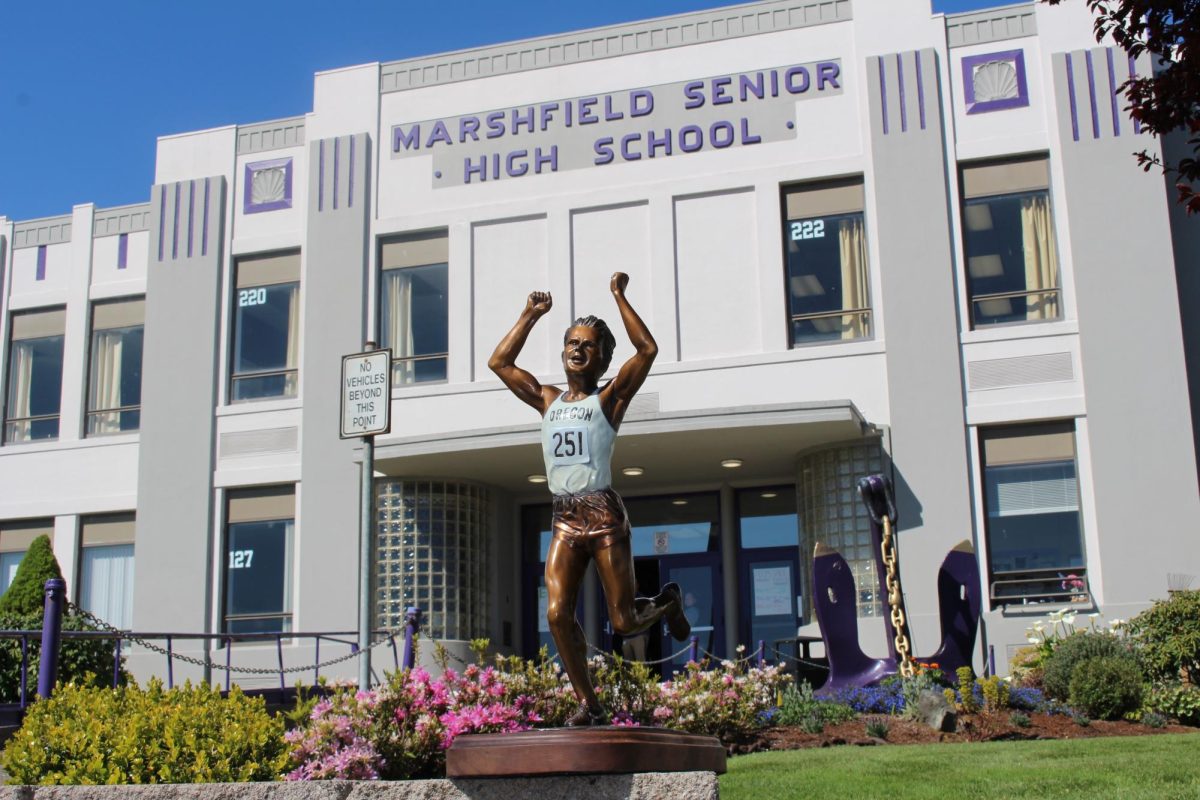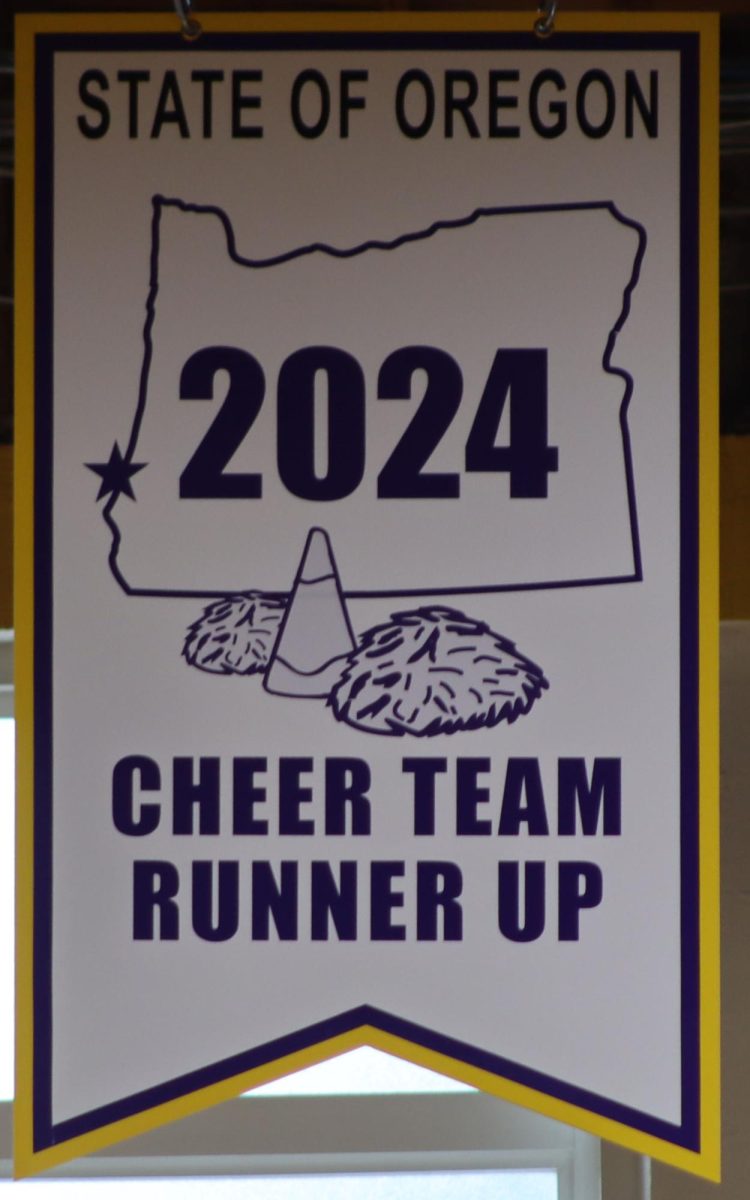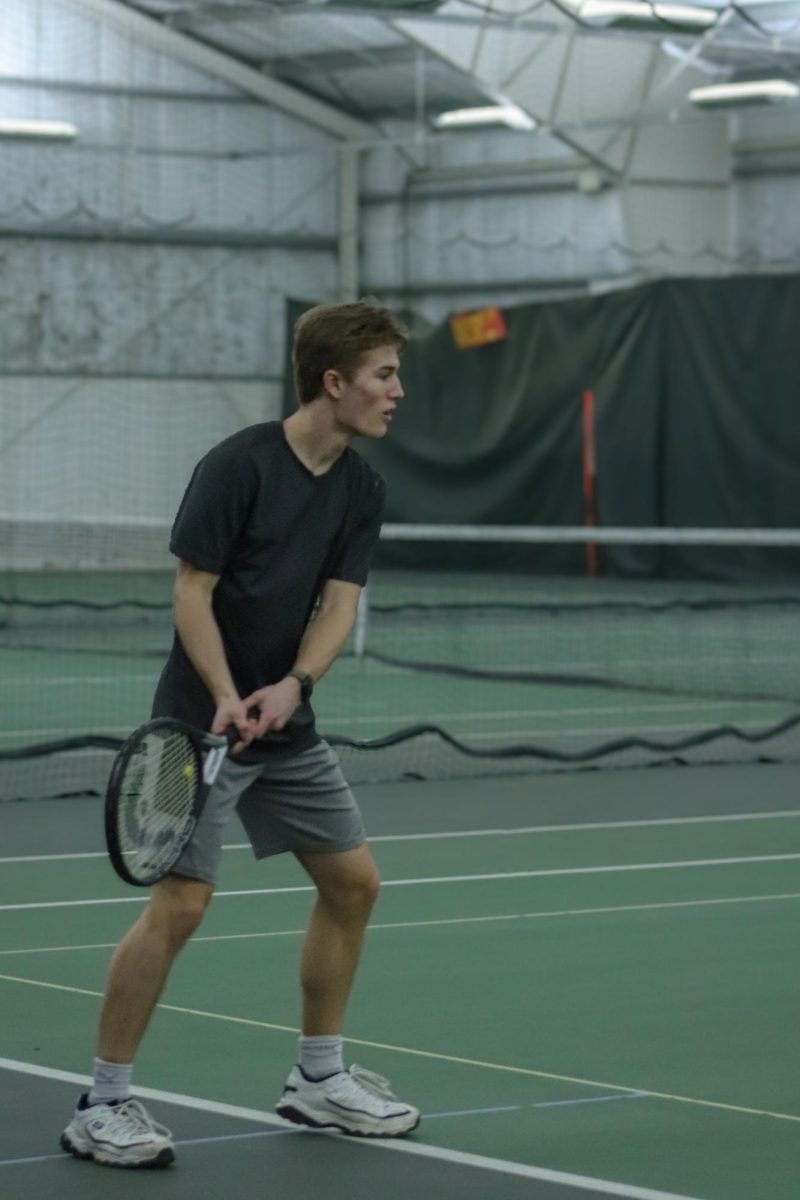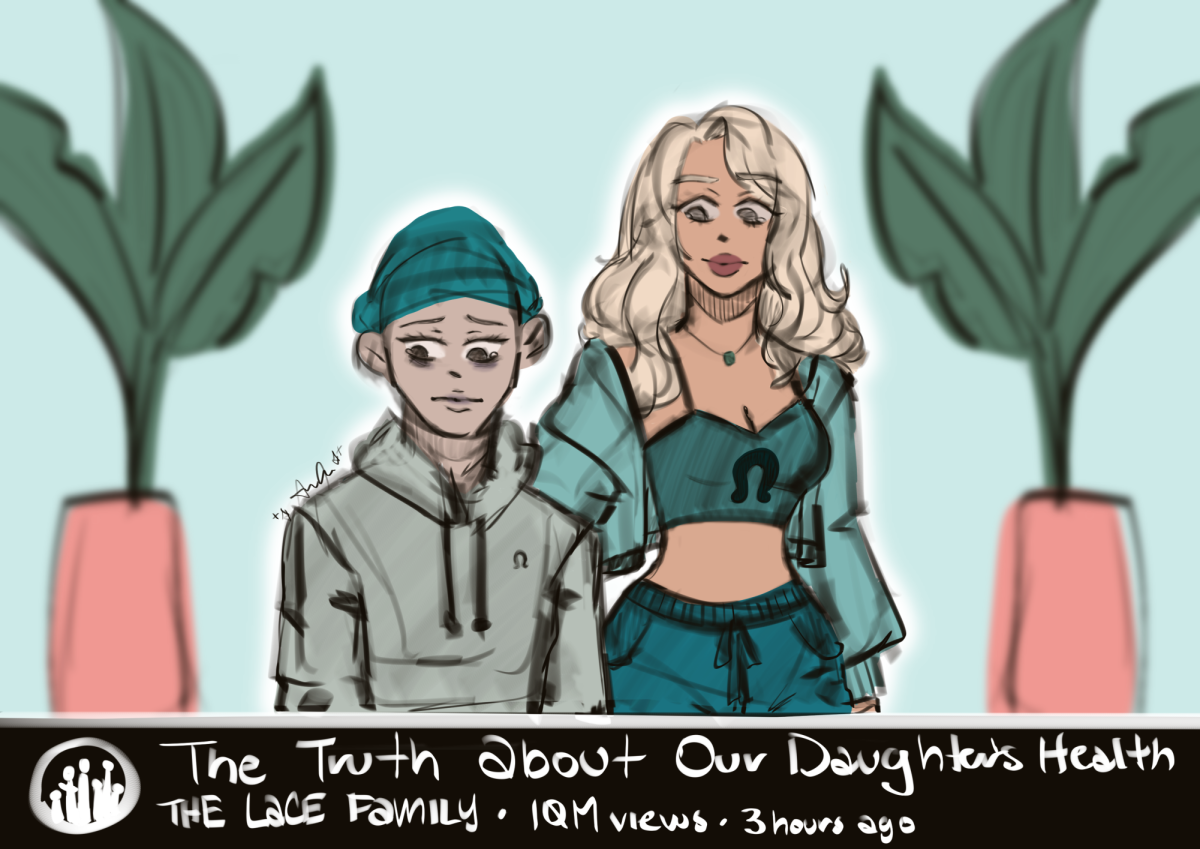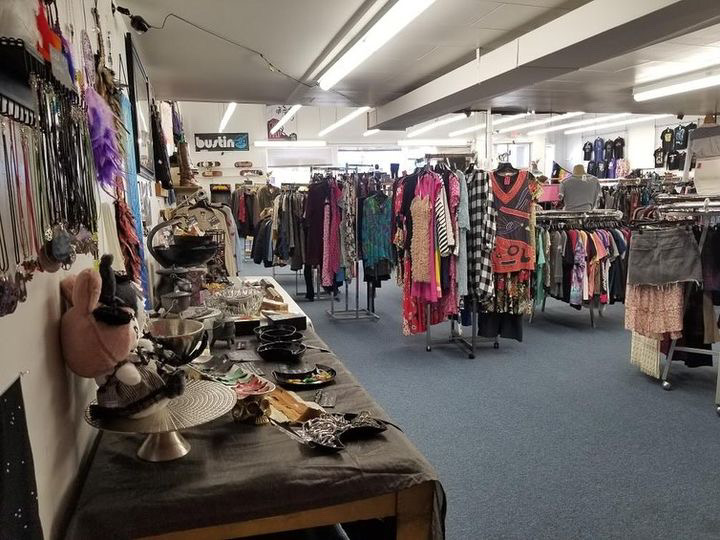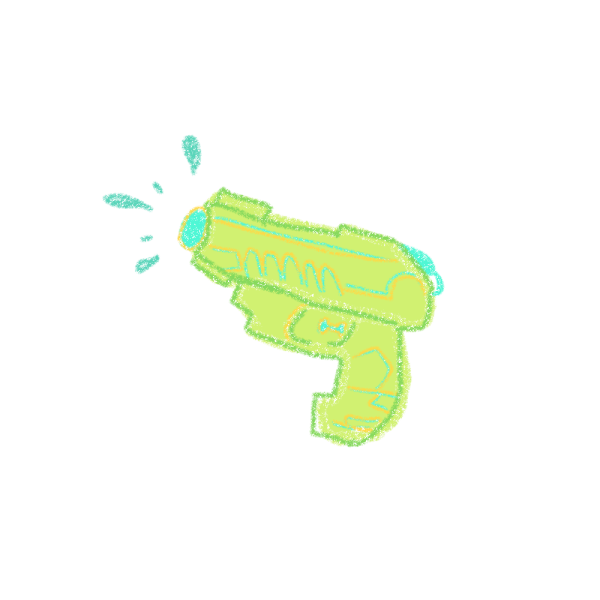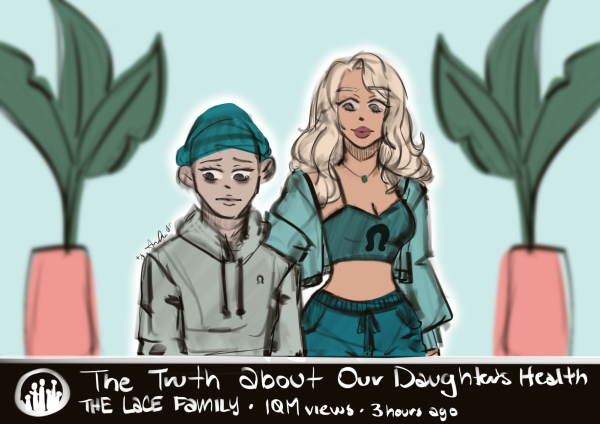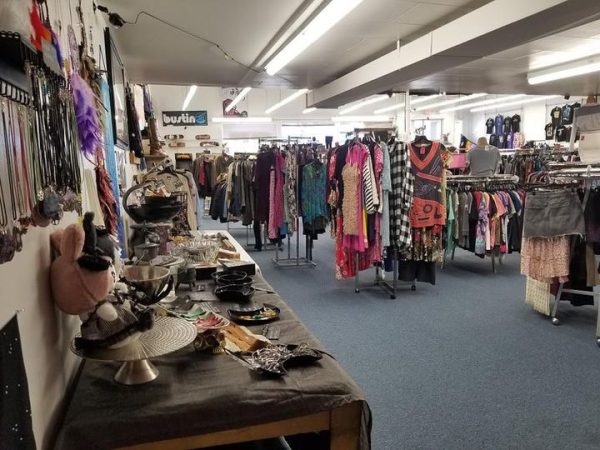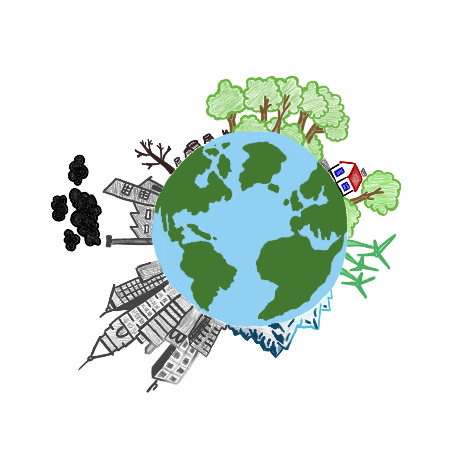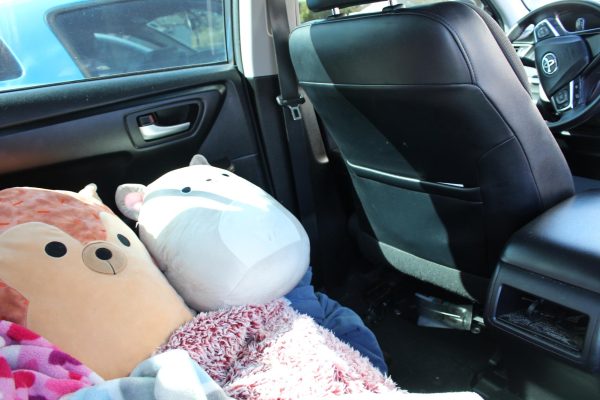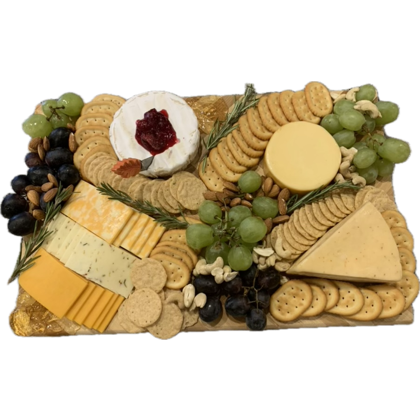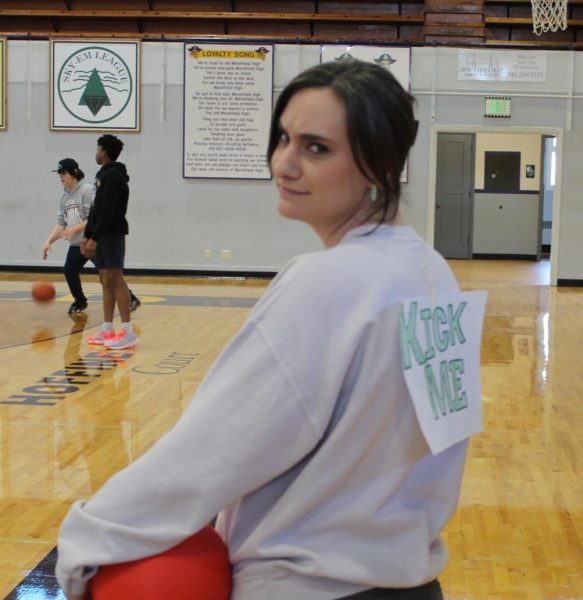Focusing on the school, not the high
Two of the most popular substances that are used among teens are marijuana and nicotine. Sometimes an individual will fall under being peer pressured by one of their fellow students and end up going with it to fit in. And the peer pressure to do drugs is not isolated to large schools in urban areas–schools like Marshfield High School also have rampant drug use, both during and after school hours.
“Nobody should be doing these substances at school,” said Marshfield High School senior Bradley Allen. “I know it’s hard not to fall into peer pressure, but if you decide to do it then that’s pretty much all on you.”
It’s important to know that teenage brains aren’t fully developed and matured until the mid 20s. That means that a young person who is using these substances is affecting their brain development, memory, coordination, and reaction time, along with their judgment. The undying curiosity of wanting to experiment with either of these drugs can open up the doors to health complications down the road.
Oftentimes, drugs are used as a coping mechanism for stress and anxiety. And it doesn’t help that tobacco companies and vaping manufacturers try to get users hooked at a young age. Fruity flavors, especially with vaping, are specifically used to target a teenage audience, because many don’t believe vaping is as harmful as smoking traditional cigarettes.
“I was with a couple of my friends and one of them had a pen,” said MHS student Colton Church. “He offered me to take a hit and I remember thinking, ‘Hey why not try it?’ I never really thought about getting high that much before then.”
As in Church’s case, peer pressure can play a large part in student drug use. Students are naturally curious, but then when they see fellow students trying something, they are encouraged to join in. The hope is that students don’t end up using it on a regular basis.
“I’m not angry, I tried it,” said Church. “Every time I’ve been high, it always feels weird. If you try it once and you don’t like it then it’s not for you. Right now I’m avoiding that direction. I’m doing track and I’m trying to stay healthy.”
Peer pressure can work positively, as well. Students who join sports and surround themselves with healthy role models and activities are more likely to choose those healthy lifestyles themselves.
Choosing alcohol, marijuana, or nicotine over healthy habits can set a teenager up for a life of chemical dependency. Back in 2018, MHS used to have an educational program where if a student got caught they would have to go through an educational course.
“We are currently working with Coos Health and Wellness Center on returning the program,” said MHS Dean of Students Casey McCord. “It would require students who have been caught to go through an educational course.”
There are currently a large amount of students who are involved in these substances, sometimes to the point of broken friendships and unmet goals. What may start as a way of coping with anxiety may have detrimental effects.
“I’ve seen one of my close personal friends change because of drugs,” said Allen. “I noticed that he got a lot more depressed in his state. In the beginning it did help him with his social anxiety and depression, but using substances as an advice is never going to help you and it’ll only lead you down a rabbit hole where you end up stuck.”
The other side to drug use at school is enforcement of school rules on drug use. Depending on the circumstances, getting caught with drugs at school can mean a three-day suspension or expulsion.
“One thing we do is keep a close eye on the bathrooms and if we notice a student or a group of them hanging out in there for an extended period of time, we go into there and kick them out of there,” McCord adds. “Since it is a huge issue here, something we have been looking at are vape sensors to put in our bathroom. We would install them in our bathrooms which will notify us whenever smoke or fumes are detected and we can go in to investigate.”
Your donation will support the student journalists of Marshfield High School. Your contribution will allow us to purchase equipment and cover our annual website hosting costs.

Senior Josi Sermeno is a returning journalism staff member. She is a part of the Associated Student Body and the cheer team. She works at Taco Bell during...



